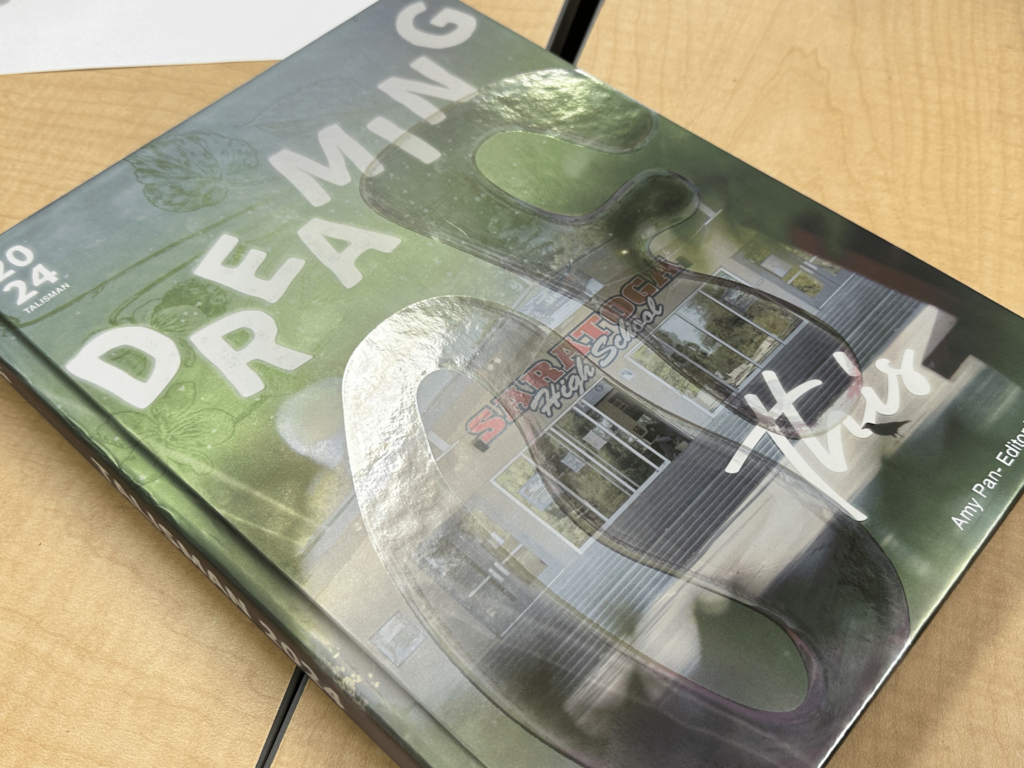On the front page of the Global Health Club’s website, bright blue helices of DNA stretch across the screen. Scrolling down, users can find a few student-written articles on recent international health issues such as the separation of Craniopagus Conjoined twins and Ebola in the Democratic Republic of the Congo.
The website, created by sophomore club secretary Adithya Nair, was launched on Jan. 3 and features content about the medical field written by club members and other students. Article topics range from new technological advancements to safety tips and even healthy recipes.
Junior president Jewoo Im said that they created a website to inform members about what happens at meetings when they are unable to attend. Many members opt to go to the more popular Science Club, which takes place at the same time.
Additionally, with the arrival of second semester, clubs in general have begun to see significantly less participation at meetings and events, especially with the hype of clubs dying down and students wanting to relax during lunch. As a result, Global Health Club is now putting effort into creating an interactive website to galvanize its members.
According to Nair, the website gives students the chance to contribute to something bigger than normal school assignments.
“We felt that if we introduced a concept that people could contribute to, they will actually participate more,” Nair said.
For example, club member sophomore Anthony Liu recently published an article on the website about the issue of sexuality in Ecuador, more specifically, that teenage pregnancy is abnormally common. In his article, he outlines the problem, citing that over 20 million girls in Ecuador between ages 15 and 19 are pregnant. He then discusses the government’s response to the issue and gives his own opinion on what should be done.
Another article, written by junior Sathvik Kaliyur, president of HOSA club, outlines the effects and propagation of the Marburg virus, which initially claimed several victims in Uganda. While it is less prominent than viruses like Ebola or Zika, Kaliyur writes that its deadly effects need to be taken seriously. He also touches on the recent scientific advances that have been made to research possible vaccines for the virus.
By having club members explore their own interests in the medical field and offer their ideas to club discussion, Nair hopes that students will benefit from being recognized for the articles that they write. All students, not just those who are active members of the club, are given the opportunity to contribute to the site and join meetings and activities if interested.
“This website allows students to be proud of their work and allows other people to see it, not just the teacher,” Nair said.
The students can also add their opinions on various possibilities for meeting ideas and add more “genuine brain power” to the club. The website will be entirely based on student work and opportunities for submission will be made available on the website.
Through these efforts, the club hopes to build a foundational community surrounding medical interest on campus. In the future, they hope that the website will expand beyond the scope of students at the school.
“Our ultimate goal for this project is to allow people across the nation to access the website for everything medical related,” Nair said.


























